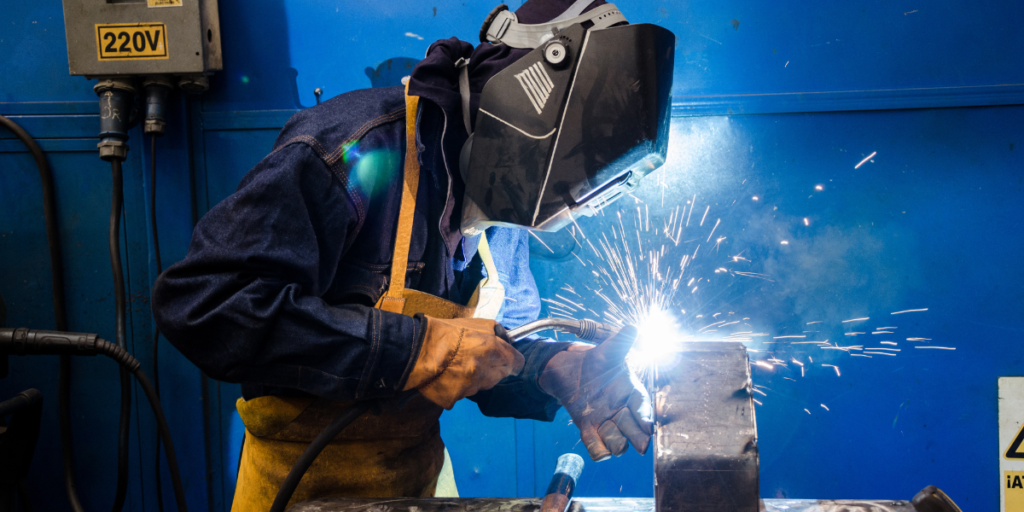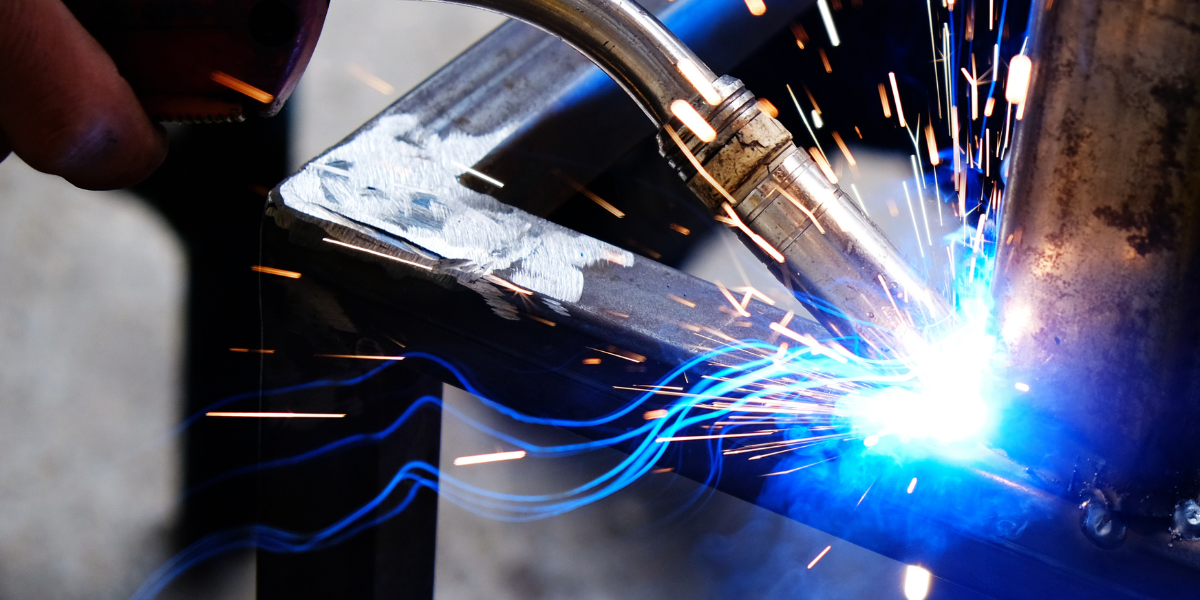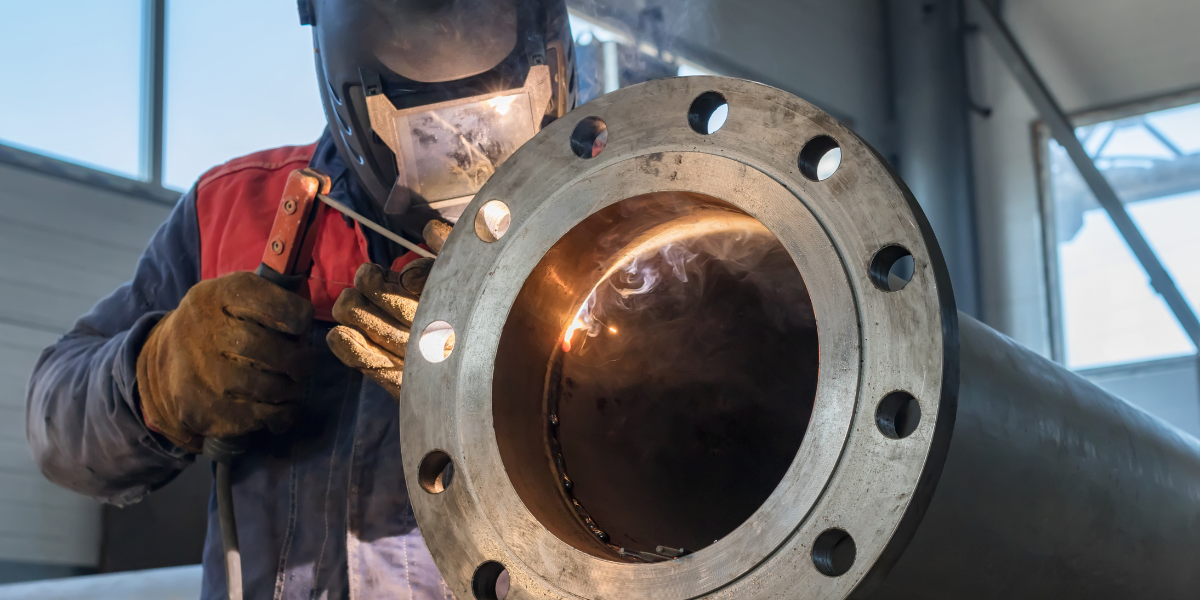Exploring Welding Techniques for Mobile Applications: Mig, Tig, Arc, and More
In the realm of industrial fabrication, mobile welding epitomizes versatility and adaptability. This article elucidates various techniques predominantly employed in mobile welding, including Metal Inert Gas (MIG) welding, Tungsten Inert Gas (TIG) welding, and Arc Welding.
It aims to comprehensively understand these methods while emphasizing the requisite safety measures integral to this dynamic field of work.
Key Takeaways
• Mobile welding encompasses MIG, TIG, and arc welding techniques.
• MIG welding is a prevalent method in metallurgical practices, requiring careful control of parameters.
• TIG welding requires an extensive understanding of equipment setup and troubleshooting mechanisms, with common issues including contamination and incorrect torch angle.
• Arc welding is a prevalent technique in mobile welding, offering advantages and requiring an understanding of basic principles for specific job requirements.
Overview of Mobile Welding
Mobile welding encompasses a variety of techniques, including but not limited to MIG, TIG, and arc welding. These methods require expertise on the part of the welder and the use of portable equipment for fabrication or repair tasks in various locations.
Welder qualifications dictate proficiency in these techniques and are crucial to ensuring quality artistry. The portability aspect is central to mobile welding as it offers flexibility in performing tasks at different sites without compromising precision or quality.
Advancements in technology have also led to improvements such as lightweight, compact designs that enhance mobility while maintaining high-performance levels. This has extended the scope of mobile welding, providing solutions for diverse industry needs, from construction sites to automotive repairs.
Metal Inert Gas (MIG) Welding
Metal Inert Gas (MIG) is a prevalent method in metallurgical practices due to its versatility and efficiency. The MIG welding equipment comprises a welding gun, a wire feed system, a shielding gas supply, and a power supply. Despite its simplicity and efficiency, MIG welding challenges exist, such as maintaining suitable travel speed or managing heat inputs. These challenges require meticulous attention to ensure quality welds.
The process involves feeding a continuous solid wire electrode through the welding gun into the weld pool. The joining metals are heated, causing them to melt and join. Shielding gas is simultaneously supplied, protecting the weld from atmospheric contamination. This technique enables high productivity rates but demands careful parameter control for desired results.
Tungsten Inert Gas (TIG) Welding
Contrasting with MIG, Tungsten Inert Gas (TIG) is another prevalent method in metallurgical practices that uses a non-consumable tungsten electrode to produce the weld. This complex technique demands an extensive understanding of the TIG Equipment Setup and troubleshooting mechanisms involved in TIG Welding Troubleshooting.
1. TIG Equipment Setup: This involves configuring the welding machine, preparing the tungsten electrode, and setting up the shielding gas.
2. Methodology: The welder must maintain a short arc length without allowing contact between the tungsten and parent metal.
3. TIG Welding Troubleshooting: Common issues include contamination caused by unclean surfaces or incorrect torch angle.
The mastery of this technique requires detailed knowledge and precision due to its complexity compared to other mobile welding techniques.
Arc Welding
The ensuing discussion will delve into the fundamental aspects of arc welding, a prevalent technique within mobile welding.
A thorough examination of the basic principles underpinning this type of welding will elucidate how high-intensity heat is used to melt workpieces and cause fusion.
Additionally, an exploration of its various applications across different industries and its numerous advantages compared to other welding techniques further underscores the significance and versatility of arc welding.
Basic Principles
Basic principles of mobile welding techniques encompass a variety of methods, including MIG welding, tig welding, and arc welding.
The application of these principles varies significantly due to the distinct characteristics inherent in each technique.
MIG welding, for instance, employs a consumable wire electrode that is continually fed through a welding gun.
In contrast, TIG welding uses a non-consumable tungsten electrode and requires additional filler material for creating the weld pool.
Arc welding operates by initiating an electric current within the gap between the base material and consumable or non-consumable electrode.
Understanding these variations allows for the effective selection and application of appropriate mobile welding procedures following specific job requirements.
Applications and Advantages
Transitioning from the fundamental principles of mobile welding techniques, attention will now be directed toward the applications and advantages of these methods, particularly the portability of welding equipment and on-site fabrication benefits.
Discernible advantages include:
• Welding Equipment Portability: The mobility of welding devices facilitates on-the-spot repairs and installations in various industries. This eliminates the need for large stationary workshops.
• On-Site Fabrication Benefits: Immediate creation or modification of components directly at work sites enhances efficiency, saving time and resources.
• Versatility: Portable welding techniques are adaptable to a wide range of materials and situations, making them indispensable tools in many sectors, such as construction, automotive repair, and pipeline maintenance, among others.
This versatility and portability significantly augment operational flexibility, enhancing productivity across many applications.
Safety Measures in Mobile Welding
Safety measures in mobile welding are crucial to prevent accidents and injuries. These measures encompass personal protective equipment, proper ventilation, and adherence to safe work procedures.
The first line of defense is Personal Protective Equipment (PPE). This includes helmets with safety visors for eye protection, flame-resistant gloves, and aprons or suits to shield from sparks.
Furthermore, Hazard Identification is integral before commencing any welding activity. Potential hazards such as flammable materials must be located, controlled, or removed.
Adequate ventilation is also vital in removing harmful fumes generated during welding processes.
Lastly, following established work procedures ensures everyone operates within defined safety parameters, reducing risks considerably.
Frequently Asked Questions
What specific equipment is necessary for mobile welding?
Equipment for mobile welding encompasses safety gear, such as helmets and gloves, alongside welding machines suited to MIG, TIG, or arc techniques. Strict equipment maintenance and safety protocols ensure operational efficiency and user safety.
How does the weather or outdoor conditions impact mobile welding techniques?
Like a ship navigating stormy seas, weatherproof equipment and protective measures are paramount in mobile welding. Outdoor conditions can significantly impact welding techniques due to precipitation, humidity, wind speed, and temperature fluctuations.
How much time does it typically take to become proficient in MIG, TIG, and arc welding?
MIG, TIG, and arc welding proficiency typically require 6-9 months of focused training. This timeframe may vary based on individual aptitude, adherence to welding safety precautions, and the specificity of the training program curriculum.
Are there any significant differences in the cost of these various mobile welding techniques?
Welding technique economics reveal significant differences in cost across MIG, TIG, and arc welding. These disparities stem from equipment expenses, operational costs, and consumables, necessitating a careful cost-effectiveness comparison for each method.
What are some potential career paths for individuals skilled in mobile welding?
Ironically, the world of mobile welding offers more than just sparks and heat. Welding Certification Opportunities pave the way to careers in industrial settings or even Entrepreneurial Pathways in Welding, fostering self-reliance and innovation.



